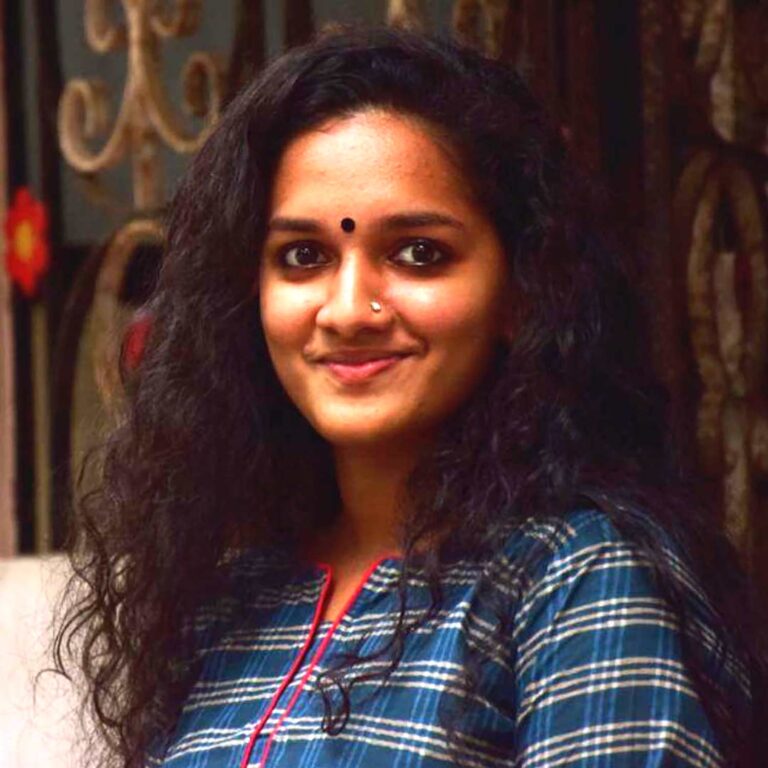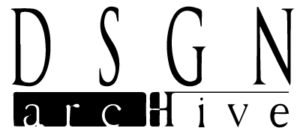top architecture design thesis 2020


ALSALAMA INSTITUTE OF ARCHITECTURE
KERALA, INDIA

Design thesis authored by
UNNIMAYA V NAIR
share
THESIS SPECIFICATIONS
Thesis Title: INTEGRATED HANDLOOM VILLAGE
Location: Chendamangalam, Kochi, Kerala, India
Project type: Urban revitalization
Year of completion : 2020
The iconic Chendamangalam Handloom is the most famous and popular brand of Dhotis in Kerala. They are very well known for the quality and durability they offer. These clothes are manufactured by hand by artisans in Kerala. However due to lack of marketing and inflow of textiles made in power-loom that come for cheaper prices, the handloom industry in Kerala is facing extinction. The project addresses a platform trying to bring back them a new life.
The purpose and function of Chendamangalam town structure plan is to plan future growth to manage change to the physical environment and activities in the town in next 30 years. It is to ensure that land use, transport planning and tourism industry and community driven projects support the economic social and environmental aspects of the town. The structure plan addresses both the development and management of public infrastructure in streets, parks and walkways and sets private property development parameters. The project reflects community values and aspiration for the future growth of Chendamangalam town as a place where people will work, rest and play together. The design is more particular about retaining the character of the village where the historic site lays.
Muziris tourism project by state government is gaining momentum now. It aims to establish the 3000-year-old legacy of Kerala and to promote heritage tourism by taking visitors to historic place s and monuments in Kodungallur, North Paravur and Vypin belt. Pattanam, Kottayil Kovilakam and Chendamangalam are few other destinations. Around 300 potential destinations are spotted in Muziris project. So the project has the potential to create new destination in the region of Paravur. This is a look at the possibilities of new tourism circuit. So far tourism of Cochin is concentrated to southern part. This will spread it to Northern part as well.
My idea is to resolve the crisis in weaving industry by promoting their products through better marketing facilities. Marketing must be aimed at both domestic and international markets. New innovative designs that compete in world market have to be designed. For this training programme must be conducted for local weavers. Workshops must be conducted to reach out to more peoples. The production processes must be upgraded with technological inputs. The art of weaving can be preserved for tourism development, since Chendamangalam being a hub of heritage sites. A common facility centre must be provided for cottage industry to meet their needs. Provision for products to get marketed through cottage industry itself can be made practical by encouraging tourism in cottage sector as well. It also aims to manage tourism at places of heritage significance. To protect heritage place and to respect the host communities while responding to need of visitors through well managed sites.
"This thesis is dedicated to those who are not appreciated on their skills and efforts they do while earning for their livelihood through this traditional art of weaving"
the end
Copyright information: ©️ Student author 2021. Prior written authorization required for use.
Request permissions: If you wish to use any part of the documentation forming part of the undergraduate thesis submitted to DSGN arcHive, please seek prior permission from the concerned student author through the respective college/university.
Exclusion of liability: DSGN arcHive and its owner do not undertake any obligation to verify the ownership of any content submitted for publication/broadcast on this website and shall not be liable for any infringement of copyright by, or unauthorized use of, such content.
HOMEPAGE
Copyright © 2025 DSGN arcHive
